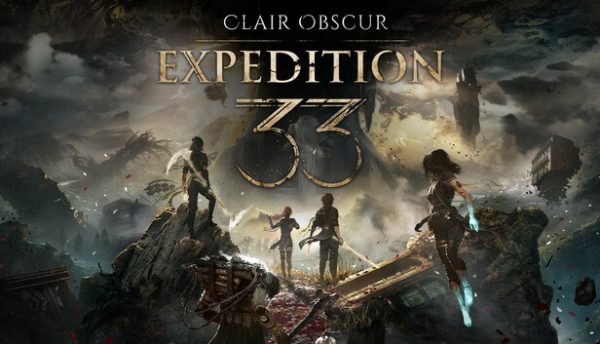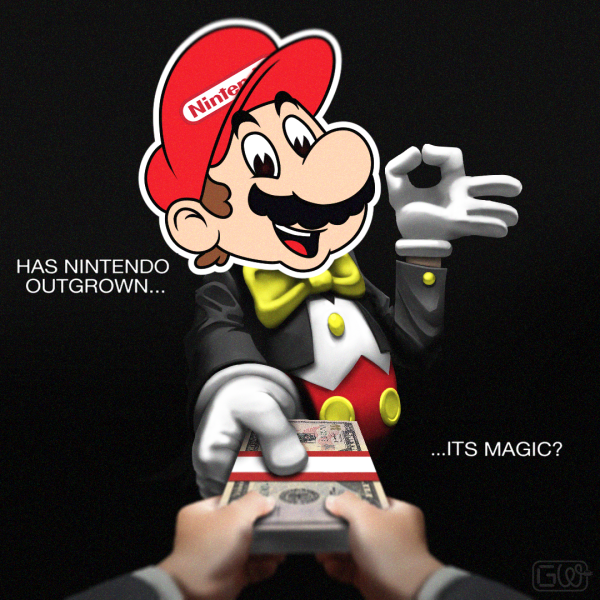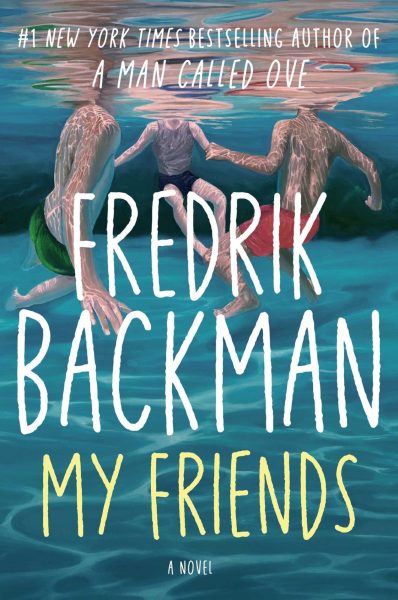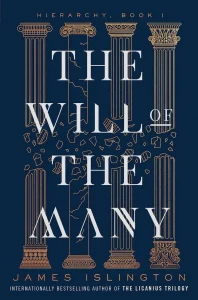Room To Grow Is Too Big For Me
February 25, 2021
Disclaimer: I was given an early review copy of this game for free. I have written this article as thanks for the early access.
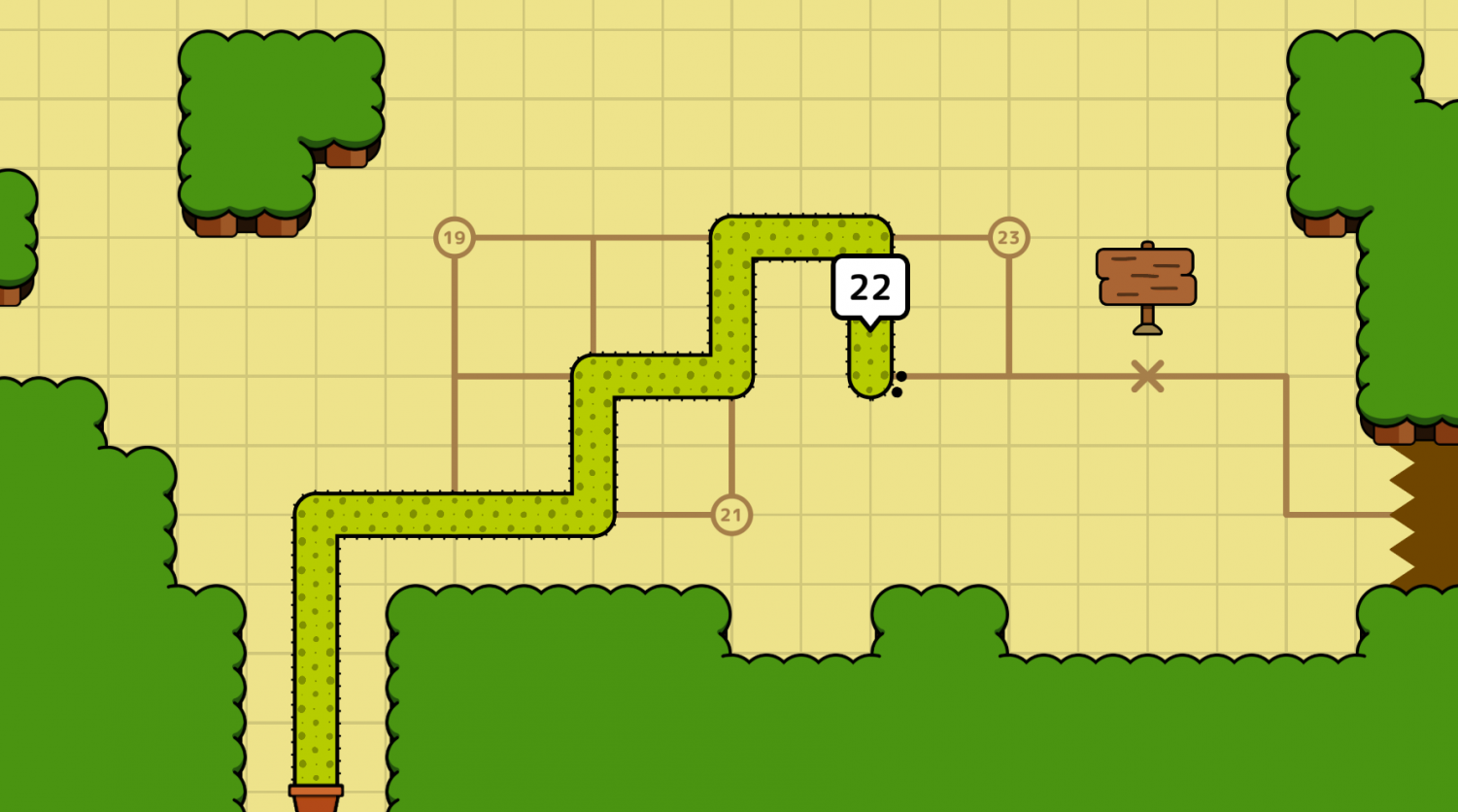
Who knew Cacti were Cute!?
Room To Grow is, in a single word, cute. In two words, extremely cute. An entire sentence, It is the hardest puzzle game I’ve played with the best aesthetic for a game of this nature. Room To Grow has a relatively simple gameplay premise; You are a cactus trying to plant another cactus in the ground and must use the environment to help lead it from point A to point B. You move along a grid system going in one of four directions; up, down, left, and right. The twist? You cannot go backward. Touch a space previously traveled, or push beyond the boundaries given to you in the level and you fail. Each new environment throws in some clever design twist to make your brain think twice about each decision that is to be made. And if you’re ever stuck, the game’s instantaneous restart ensures your next attempt can begin as soon as you’ve formulated your next game plan. Combined with a multi-branching overworld, which oftentimes lets players pick between two different puzzles to progress, the game has a bit of variety in terms of challenge and need for critical thinking.
No Narrative, All Puzzle.
Unlike most games I play, there is no grand story or epic quest. The story exists just to give the game its unique aesthetic. You are merely a cactus trying to plant cacti in various parts of the world. And if you ever get truly stuck, you can always opt to skip the level. Level skipping is always available, no matter the level you’re on, making the game’s feeling of accessibility extremely high. Anyone has the ability to “finish” the game. Skipping levels was how I realized that there are multiple different worlds to explore, such as the desert and the mountains. Both introduce new mechanics, and more I’m sure to unfold in later biomes. All the while as you explore and solve these various tasks, the game’s quiet, relaxing music and sweet visuals encourage you to keep trying. Every time my character blushed and got flustered, I couldn’t help but smile at its little fumbles and try one more attempt.
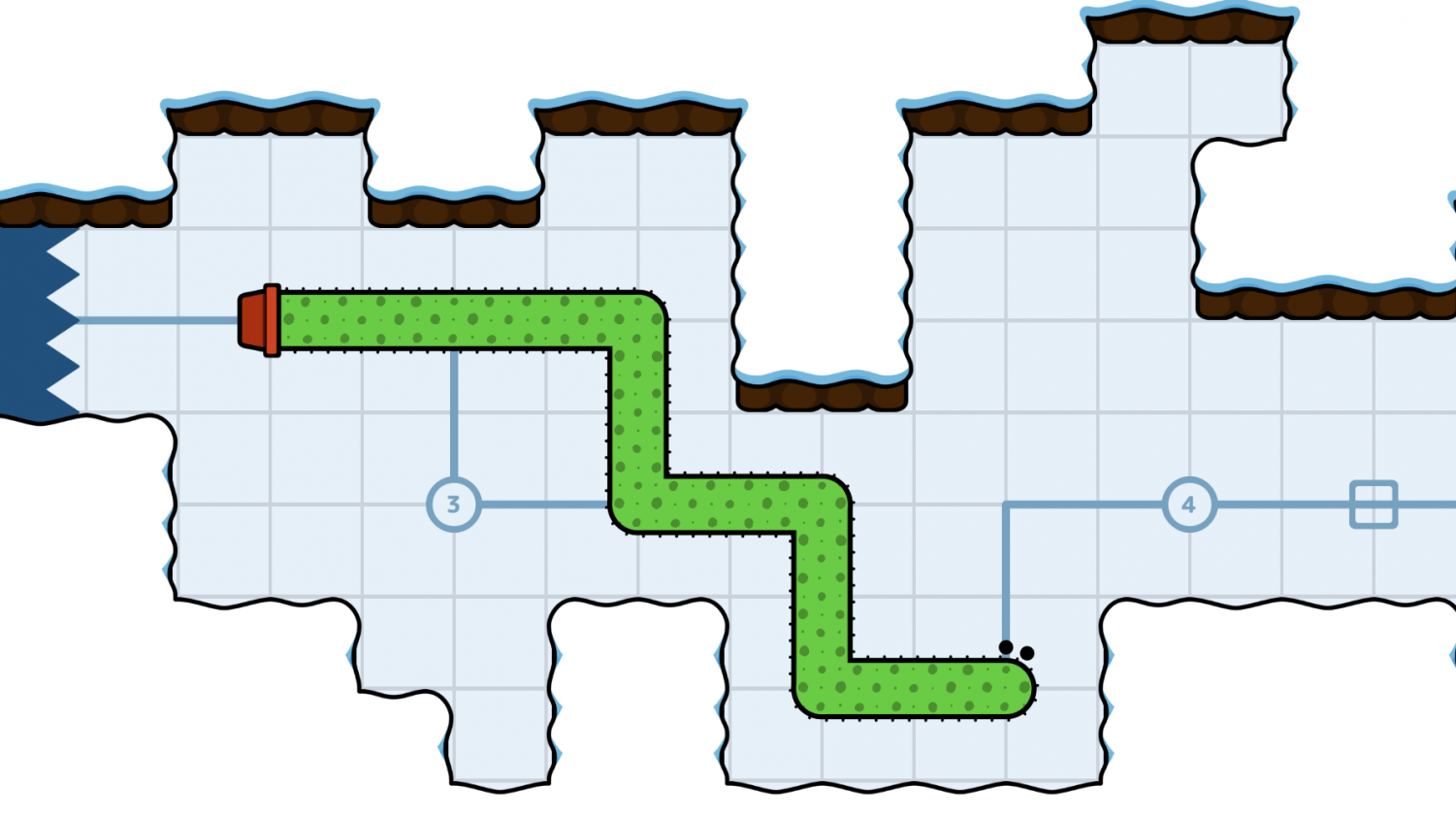
Can it Grow on Me?
Yet for all my praise at the level of polish, ingenuity, and design this game has, I find it hard to come back to and actually try to finish. I think it’s honestly more something to do with me. Puzzle games have never really been my forte, as my little ol’ monkey brain always prefers big action set pieces and narratively driven games over smaller-scale projects. When it comes to practicing mental gymnastics and trying to improve your spatial reasoning can’t recommend Room To Grow enough. I imagine the best time to play this game is in the early morning, with a hot cup of tea in hand and the energy to try and beat at least a few puzzles before breakfast. I think playing in small increments would be best, as you steadily do three to five levels each day to keep things fresh. It’s quaint, simple, and so well polished that it deserves recognition as a great indie puzzle game. You can pick up the game on Steam now!





